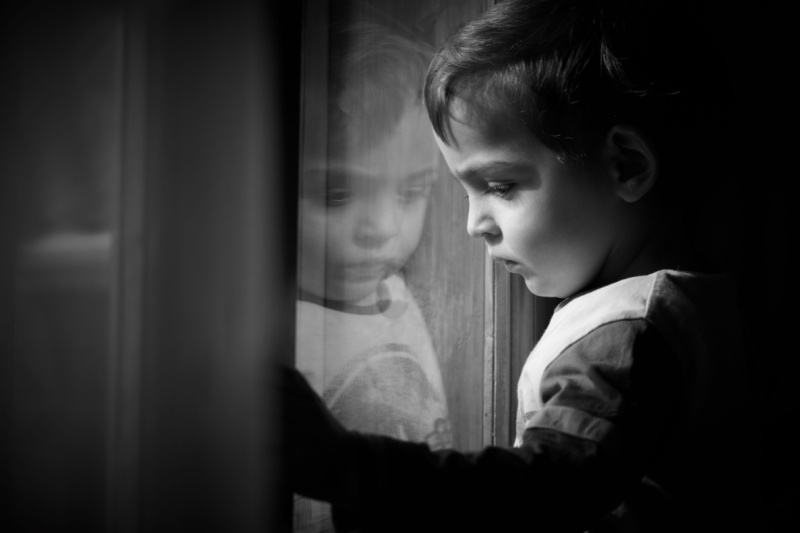Children in the most deprived areas are seeing significant health disparities compared to their peers in the least deprived, according to latest data from the Department of Health. The Annual Health Inequality Report for 2024 has shown that the most deprived children are likely to be worse off in terms of infant mortality, breastfeeding and weight.

Per 1000 live births, the most deprived areas saw an infant mortality rate of 5.3%. In the least deprived, this was just 4.2%.
Though breastfeeding on discharge has seen a general increase, the rates were only 38% in 2022 for deprived areas. For the least deprived, in 2021, this was 68%.
In addition, obesity and overweight fell in deprived areas from 26% to 24% between 2022 and 2023. However, this is still higher than the least deprived areas, where just 17% of the population were overweight or obese in the same year.
Data from the Department of Communities also shows a worrying increase in child poverty. The Northern Ireland Poverty and Income Inequality Report for 2022/23 has seen the number of children in relative poverty increase from 18% in 2021/22 to 24% in 2022/23. This equates to around 109,000 children.
Those in absolute poverty has also increased from 15% to 19% in the same period, which is an estimated 86,000 children.
‘These reports lay bare the profound impact of poverty,’ said RCPCH Officer for Ireland Dr Ray Nethercott.
‘A wider raft of measures must be undertaken through an overarching Anti-Poverty Strategy for Northern Ireland, with full funding and clear and robust measures applicable to children if we are ever to make meaningful change.
‘Lower birth weights and higher rates of unhealthy weight in early childhood will plague children throughout their life-course. The fact that children are the population at most risk of living in both relative and absolute poverty [long-term trend] is shameful and veers far from the original programme for government commitment to “give every child the best start in life”.’
Image | Shutterstock





